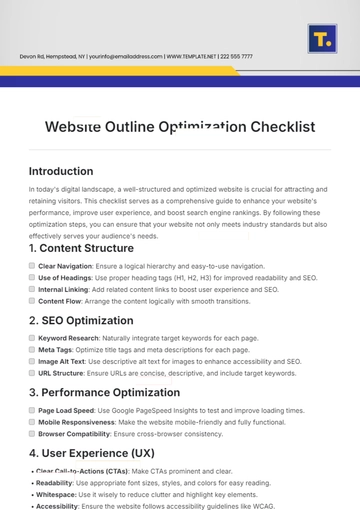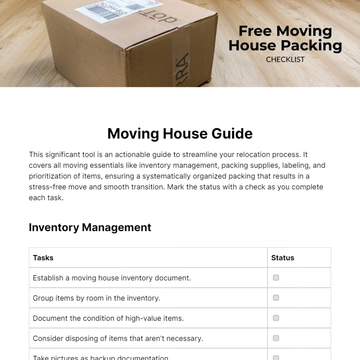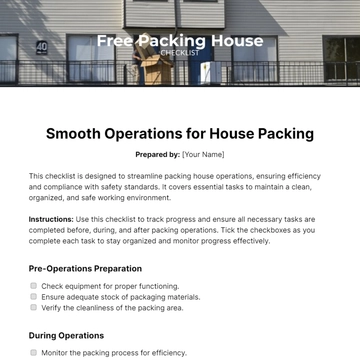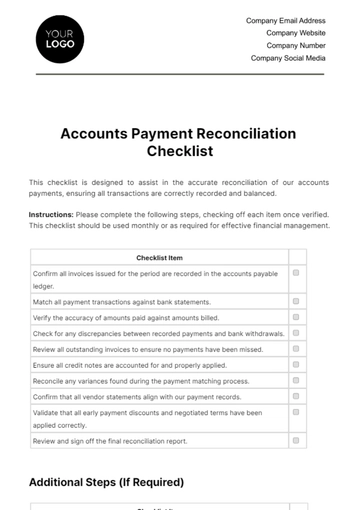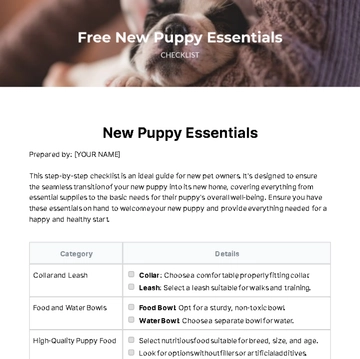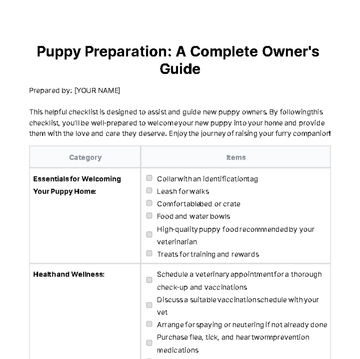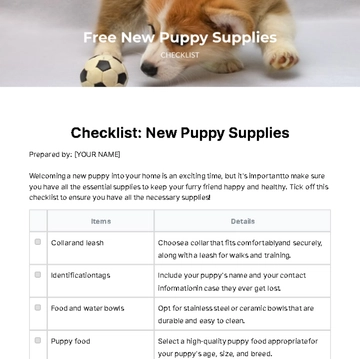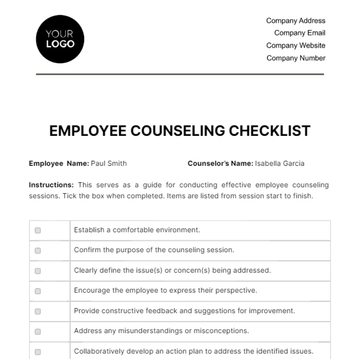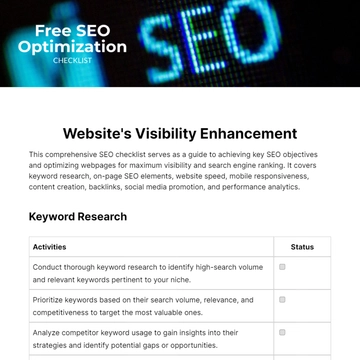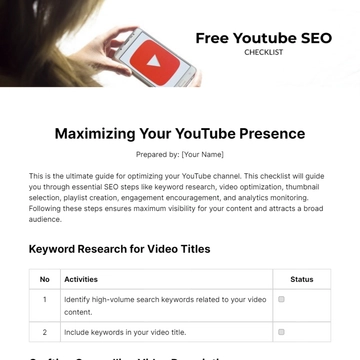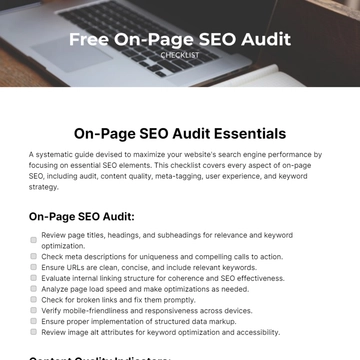Free Blog SEO Checklist

Blogger: [Your Name]
In today's digital landscape, having a well-optimized blog is crucial for driving traffic and improving visibility. By following this comprehensive SEO checklist, you can significantly improve the visibility and performance of your blog in search engine results. Remember that SEO is an ongoing process, so regularly monitor and update your strategies to stay ahead of the competition and drive continuous organic traffic to your blog.
Keyword Research:
Start by conducting thorough keyword research to identify relevant terms and phrases your audience is searching for.
Utilize tools like Google Keyword Planner, SEMrush, or Ahrefs to discover high-volume keywords with low competition.
On-Page Optimization:
Optimize your blog posts for target keywords by incorporating them into strategic locations such as the title, headings, meta descriptions, and body content.
Ensure your content is well-structured, easy to read, and provides value to your readers.
High-Quality Content:
Create compelling, informative, and engaging content that resonates with your target audience.
Aim for longer-form content (>1000 words) as it tends to perform better in search results.
Include multimedia elements like images, videos, and infographics to enhance user experience.
Mobile-Friendly Design:
With the increasing use of mobile devices, it's crucial to ensure your blog is mobile-friendly.
Use responsive design principles to optimize your site for various screen sizes and ensure fast loading times.
Internal Linking:
Incorporate internal links within your blog posts to improve navigation and distribute link equity throughout your site.
Link to relevant pages or posts within your blog to keep users engaged and encourage further exploration of your content.
External Linking:
Include outbound links to authoritative and relevant sources to add credibility to your content.
Avoid excessive linking and ensure the anchor text is descriptive and natural.
Image Optimization:
Optimize images by using descriptive file names, alt tags, and captions.
Compress images to reduce file size without compromising quality, which helps improve page load speed.
Meta Tags:
Optimize meta tags, including title tags and meta descriptions, to accurately reflect the content of your blog posts.
Keep them concise, compelling, and keyword-rich to attract clicks from search engine users.
- 100% Customizable, free editor
- Access 1 Million+ Templates, photo’s & graphics
- Download or share as a template
- Click and replace photos, graphics, text, backgrounds
- Resize, crop, AI write & more
- Access advanced editor
Enhance your blog's visibility with the Blog SEO Checklist Template from Template.net. This comprehensive, editable tool covers essential steps such as keyword research, on-page optimization, and internal linking. Ensure your blog ranks higher in search results and attracts more readers. Download now for a structured approach to optimizing your blog for search engines.
You may also like
- Cleaning Checklist
- Daily Checklist
- Travel Checklist
- Self Care Checklist
- Risk Assessment Checklist
- Onboarding Checklist
- Quality Checklist
- Compliance Checklist
- Audit Checklist
- Registry Checklist
- HR Checklist
- Restaurant Checklist
- Checklist Layout
- Creative Checklist
- Sales Checklist
- Construction Checklist
- Task Checklist
- Professional Checklist
- Hotel Checklist
- Employee Checklist
- Moving Checklist
- Marketing Checklist
- Accounting Checklist
- Camping Checklist
- Packing Checklist
- Real Estate Checklist
- Cleaning Checklist Service
- New Employee Checklist
- Food Checklist
- Home Inspection Checklist
- Advertising Checklist
- Event Checklist
- SEO Checklist
- Assessment Checklist
- Inspection Checklist
- Baby Registry Checklist
- Induction Checklist
- Employee Training Checklist
- Medical Checklist
- Safety Checklist
- Site Checklist
- Job Checklist
- Service Checklist
- Nanny Checklist
- Building Checklist
- Work Checklist
- Office Checklist
- Training Checklist
- Website Checklist
- IT and Software Checklist
- Performance Checklist
- Project Checklist
- Startup Checklist
- Education Checklist
- Home Checklist
- School Checklist
- Maintenance Checklist
- Planning Checklist
- Manager Checklist
- Wedding Checklist
- Vehicle Checklist
- Travel Agency Checklist
- Vehicle Inspection Checklist
- Interior Design Checklist
- Backpacking Checklist
- Business Checklist
- Legal Checklist
- Nursing Home Checklist
- Weekly Checklist
- Recruitment Checklist
- Salon Checklist
- Baby Checklist
- Equipment Checklist
- Trade Show Checklist
- Party Checklist
- Hospital Bag Checklist
- Evaluation Checklist
- Agency Checklist
- First Apartment Checklist
- Hiring Checklist
- Opening Checklist
- Small Business Checklist
- Rental Checklist
- College Dorm Checklist
- New Puppy Checklist
- University Checklist
- Building Maintenance Checklist
- Work From Home Checklist
- Student Checklist
- Application Checklist

